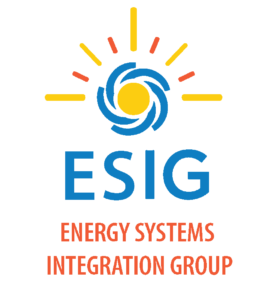
- This event has passed.
Webinar: Marginal Emission Rate and Its Application in Voluntary Clean Energy Investments
August 10, 2023 @ 4:00 pm - 5:00 pm EDT
Featured Speaker: Hank He, Consultant, Tabors Caramanis Rudkevich (TCR)

Hank He
About the Webinar: Over the past decade, concerns about climate change have led many private corporations to take voluntary action against carbon emissions. 90% of Fortune 500 companies now report their carbon emissions, and more than 48% have plans to achieve net zero by the year 2050. Many of these corporations rely on clean energy Power Purchase Agreement (PPA) as the foundation of their decarbonization strategy. Since 2014, corporate procured clean energy capacity has increased from 2GW to more than 70GW. Many of these clean energy PPAs are guided by WRI’s Greenhouse Gas Protocol (GHGP), which allows companies to offset their energy consumption (MWh) with RECs (MWh) from clean energy PPAs. Now, almost a decade after the publication of GHGP, changing grid conditions and advancement in data analytics have led some stakeholders to look beyond MWh matching for new tools and metrics to guide clean energy investment. Locational Marginal carbon emission rate (LMER) provides a transparent and reliable way to account for carbon impact of grid-connected resources. It reflects granular locational and temporal change in carbon intensity and can guide investment towards technologies and locations that can make the most carbon impact. This presentation will provide an overview of the calculation of LMER, introduce a carbon accounting framework based on LMER, and LMER’s application in voluntary clean energy procurement.
About the Speaker: Hank He is a consultant at Tabors Caramanis Rudkevich (TCR), a Boston-based energy economics consulting firm. Hank has 10 years of experience in power market modeling and data analytics. In his current role, Hank advises clients on energy asset valuation, market forecast and decarbonization strategies.
Moderator: Charlie Smith, Executive Director, ESIG
Registration Cost: FREE
Q&A Session: We will be using the slido platform for Q&A. Please submit your questions and follow-along during the event at this link.

